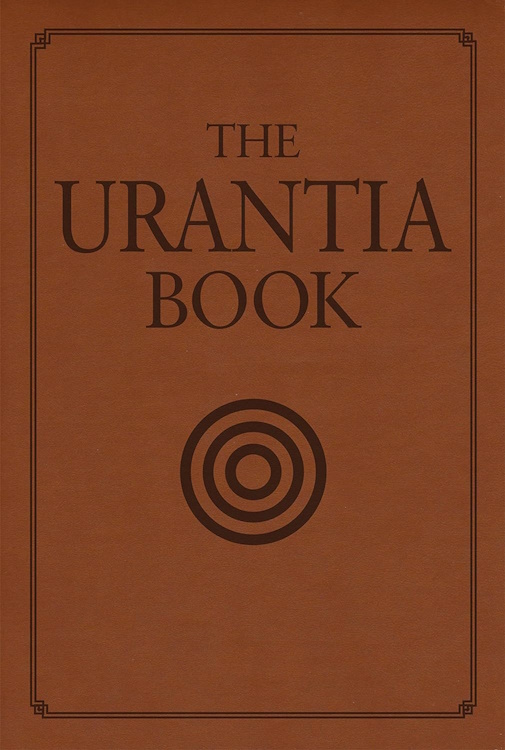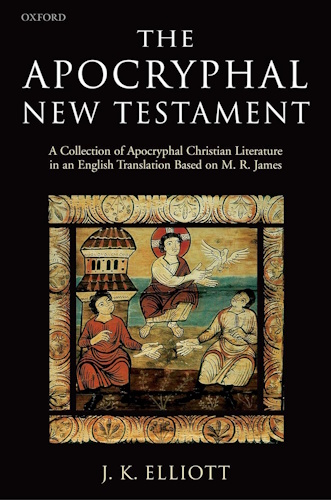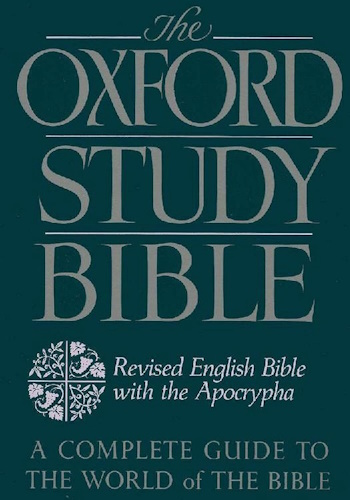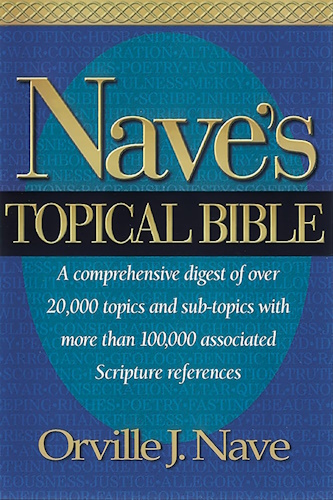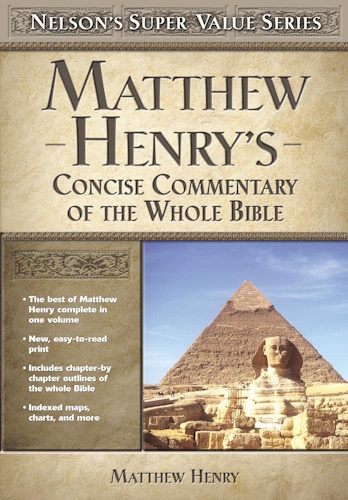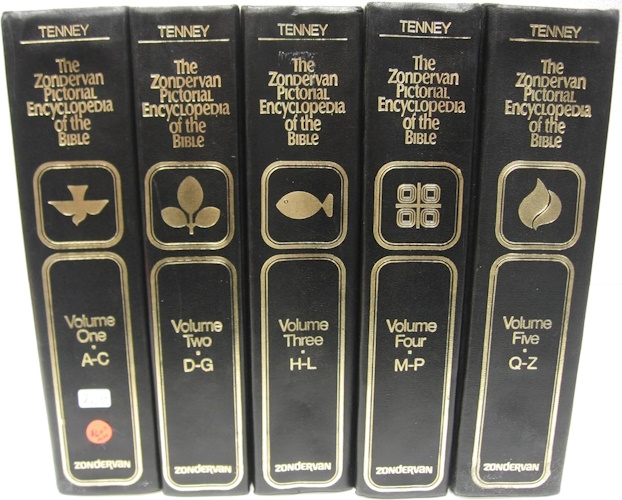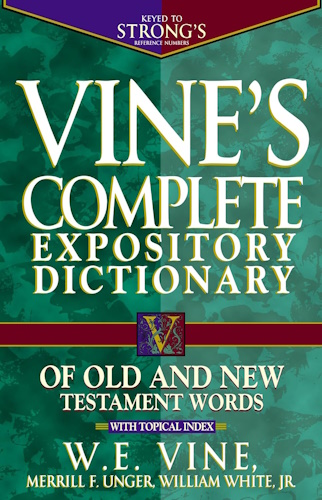
The Origin
Of
Our Belief In God
by Erik Langkjer
Part I: El and Baal, the Shepherd and the Hunter
8. Early Indo-Iranian cults
L. Lommel[1] has treated the role of the Soma-drink in the vedas: God Soma is the spender of the creating juice. He is bull, and the soma-juice is his sperm. Soma is the juice of life, the life-giving liquid inside all the green plants, the cup of life, the water of life. The holy juice from the soma-plant is the holy symbol and prototype of all the juices giving life to sprouting vegetation.
Soma is also the holy essence which in the cow is turned into nourishing milk, in the bull into generative sperm. On the mythical level is soma the milk of the divine heavenly cow and the sperm of the heavenly bull and the rain that fertilizes the earth. Acc to archaic cosmology the rain falls from the moon. The moon is the reservoir for all the life-juice circulating in cosmos. All life flows from the moon in 1000 streams through clouds and the rain which sinks into the earth, and in the form of steam and vapour returns to heaven. The bowl of the crescent moon is the cup of life, and even the gods must drink from it to stay alive.
But the god Soma has to die to give life, and Lommel draws our attention to the research done by Ad.E.Jensen (to whose book Die getötete Gottheit, 1963, published some years later, Lommel has contributed with a chapter on soma). The juice of life has many epiphanies: As bull, moon, euphoric drink and the highest tree in the forest. He is the creator and life-giver of all nature, present in each straw of grass and each drop of rain. He is even the king of the gods and the life force pulsating in the universe. He is a god similar to the Ugaritic El living at the universal fountainhead of all streams of water and the Mesopotamian Ea living in the sweet water ocean, but perhaps even older and more authentic, more close to the original notion which created both Ea and El. In the Bible God's throne is set by the "Crystal Ocean", and Jesus is the spender of "living water"[2].
The magic drink in Iran is called haoma. The haoma-cult is acc to Geo Widengren rooted in warrior societies, gangs of young warriors cultivating killing and fighting as ecstatic rage[3]. They are called "wolves". Black is their dominant colour, and the dragon-banner is carried in front of them when they charge naked, only with a leather belt around the waist and long plaited hair. We shall see how one version of the hunter, Gilgamesh, is often pictured naked, only with a triple belt around the waist, and Baal-Reshep with an extremely long hair plait. These men´s societies were acc. to Widengren centred round the bloody killing of the bull: the first king Yima was the first to give man meat to eat and to prepare the haoma-drink. He is a central figure in the cult of the men´s societies and plays the role of a king of carnival. He creates a large underground room, vara, where he and his men seek refuge against the deteriorating climate. Like Baal in Ugarit and Gilgamesh he is king of the dead spirits of those who lived in early ages, cf. Dionysos coming to Athens as leader of the keres, the spirits of some kind of primeval inhabitants of Attika presumed to come from Caria on the west coast of Anatolia. Yima has an Indian parallel, Yama, who is lord of the nether world.
From the religion of Catal Hüyük there are links to many later Near Eastern religions. The very special role the buzzard plays in the burial ceremonies is also found among the Magoi, and an euphoria-giving drink giving ascension to heaven is known from the circle surrounding Zarathustra: "Mix cannabis with wine, give it to Vistaspa (Zarathustra´s protector) ... when he had drunk he was on the spot unconscious and his soul was led to Garodman (the highest heaven)"[4].
Zaehner[5] calls our attention to a Persian devil-cult in Hellenistic times. Plutarch writes that Zoroaster, the magi, taught men to bring thanksgivings to Oramazes and dark apothropaeic sacrifices to Areimanios de Isid.: "While they grind a herb they call omoni in a morter and call on Hades and the darkness, they mix the crushed herb with the blood of wolves and bring it to a place where the sun does not shine, and cast it out (to the spirits)". Also the Pahlavi-books mention the "devil worshippers" (devasn). Denkart gives a more detailed description:
"The perverted, devilish, unrighteous rite of the mystery of the sorcerers consists in praising Ahriman, the destroyer, in prowling around in great secrecy, in keeping home, body, and clothes in a state of filthiness and stench..."[6]
The life stile here described is similar to the left-hand tantra of India. Acc. to Zaehner even the mysteries of Mithras have some elements of devil worship when they allow sacrifices to Ahriman[7].
To get a key to a deeper understanding of the old religion in the area of East Anatolia and Northern Iraq we have to look to the folk religion: Geo Widengren has paid some attention to traces of a survival of Pre Zoroastrian religion. In Vendidad we find a description of people honouring the old deavas by getting together after sunset on the graveyards eating the dead bodies in the company of the deava-demons, Vd.7, 54-55;58[8]. Also in Vd. 8,73 the roasting and eating of corpses is mentioned. Most important is the third example given by Widengren[9]: the Christian bishop of Adiabene began preaching in the villages where they were still fire-worshippers and even at one of their great feasts threw small children on the fire after hanging their kidneys and livers on the branches of the trees standing by a great well, where they bathed and finally shot a lot of arrows up in the open air[10]. The shooting of the divine bull is here a shooting to the open sky like Mithras´ shooting into the primordial rock to liberate the juice of life, the rain. Also to strengthen the vegetation some vital organs of the poor victims are hung on the trees. The duality of water and fire in the setting of the cult scene must also have some meaning. The juice of life and vegetation contrasted with the fire of the big hunter and his fiery arrows are important themes in the old prehistoric folk religion. The water of life gives cleansing, but the god of fire demands human lives.
[1] "König Soma", in Numen 1, 1954, pp.196-205
[2] Joh 4 and 8
[3] Die Religionen Irans, 1965, pp.23-26. Widengren depends heavily on the research of Stig Wikander & Otto Höfler, see below
[4] Denkart ed. Madan, pp.641 & 270, 10ff.
[5] Zurwan, 1955, p.14
[6] ed. Madan, 182, 6f.
[7] deo Areimanio, Cumont MMM II, pp.98 & 141
[8] Die Religionen Irans pp.115f.
[9] ibd. p.182
[10] E.Sachau: "Die Chronik von Arbela", 1915, PAW Abhandl. Phil. hist. Kl. 1915, 6, p.43
![]()
![]()
Disclaimer:
Some material presented will contain links, quotes, ideologies, etc., the contents of which should be understood to first, in their whole, reflect the views or opinions of their editors, and second, are used in my personal research as "fair use" sources only, and not espousement one way or the other. Researching for 'truth' leads one all over the place...a piece here, a piece there. As a researcher, I hunt, gather and disassemble resources, trying to put all the pieces into a coherent and logical whole. I encourage you to do the same. And please remember, these pages are only my effort to collect all the pieces I can find and see if they properly fit into the 'reality aggregate'.
Personal Position:
I've come to realize that 'truth' boils down to what we 'believe' the facts we've gathered point to. We only 'know' what we've 'experienced' firsthand. Everything else - what we read, what we watch, what we hear - is what someone else's gathered facts point to and 'they' 'believe' is 'truth', so that 'truth' seems to change in direct proportion to newly gathered facts divided by applied plausibility. Though I believe there is 'truth', until someone representing the celestial realm visibly appears and presents the heavenly records of Facts And Lies In The Order They Happened, I can't know for sure exactly what "the whole truth' on any given subject is, and what applies to me applies to everyone. Until then I'll continue to ask, "what does The Urantia Book say on the subject?"
~Gail Bird Allen
![]()
![]()
-
Urantia Book, 44:0.11 - The Celestial Artisans
Never in your long ascendancy will you lose the power to recognize your associates of former existences. Always, as you ascend inward in the scale of life, will you retain the ability to recognize and fraternize with the fellow beings of your previous and lower levels of experience. Each new translation or resurrection will add one more group of spirit beings to your vision range without in the least depriving you of the ability to recognize your friends and fellows of former estates.
-
Princess Bride 1987 Wallace Shawn (Vizzini) and Mandy Patinkin (Inigo Montoya)
Vizzini: HE DIDN'T FALL? INCONCEIVABLE.
Inigo Montoya: You keep using that word. I do not think it means what you think it means. -
Urantia Book, 117:4.14 - The Finite God
And here is mystery: The more closely man approaches God through love, the greater the reality -- actuality -- of that man. The more man withdraws from God, the more nearly he approaches nonreality -- cessation of existence. When man consecrates his will to the doing of the Father's will, when man gives God all that he has, then does God make that man more than he is.
-
Urantia Book, 167:7.4 - The Talk About Angels
"And do you not remember that I said to you once before that, if you had your spiritual eyes anointed, you would then see the heavens opened and behold the angels of God ascending and descending? It is by the ministry of the angels that one world may be kept in touch with other worlds, for have I not repeatedly told you that I have other sheep not of this fold?"
-
Urantia Book, Foreword - 0:12.12 - The Trinities
But we know that there dwells within the human mind a fragment of God, and that there sojourns with the human soul the Spirit of Truth; and we further know that these spirit forces conspire to enable material man to grasp the reality of spiritual values and to comprehend the philosophy of universe meanings. But even more certainly we know that these spirits of the Divine Presence are able to assist man in the spiritual appropriation of all truth contributory to the enhancement of the ever-progressing reality of personal religious experience—God-consciousness.
-
Urantia Book, 1:4.3 - The Mystery Of God
When you are through down here, when your course has been run in temporary form on earth, when your trial trip in the flesh is finished, when the dust that composes the mortal tabernacle "returns to the earth whence it came"; then, it is revealed, the indwelling "Spirit shall return to God who gave it." There sojourns within each moral being of this planet a fragment of God, a part and parcel of divinity. It is not yet yours by right of possession, but it is designedly intended to be one with you if you survive the mortal existence.
-
Urantia Book, 1:4.1 - The Mystery Of God
And the greatest of all the unfathomable mysteries of God is the phenomenon of the divine indwelling of mortal minds. The manner in which the Universal Father sojourns with the creatures of time is the most profound of all universe mysteries; the divine presence in the mind of man is the mystery of mysteries.
-
Urantia Book, 1:4.6 - The Mystery Of God
To every spirit being and to every mortal creature in every sphere and on every world of the universe of universes, the Universal Father reveals all of his gracious and divine self that can be discerned or comprehended by such spirit beings and by such mortal creatures. God is no respecter of persons, either spiritual or material. The divine presence which any child of the universe enjoys at any given moment is limited only by the capacity of such a creature to receive and to discern the spirit actualities of the supermaterial world.
-
Urantia Book, 11:0.1 - The Eternal Isle Of Paradise
Paradise is the eternal center of the universe of universes and the abiding place of the Universal Father, the Eternal Son, the Infinite Spirit, and their divine co-ordinates and associates. This central Isle is the most gigantic organized body of cosmic reality in all the master universe. Paradise is a material sphere as well as a spiritual abode. All of the intelligent creation of the Universal Father is domiciled on material abodes; hence must the absolute controlling center also be material, literal. And again it should be reiterated that spirit things and spiritual beings are real.
-
Urantia Book, 50:6.4 - Planetary Culture
Culture presupposes quality of mind; culture cannot be enhanced unless mind is elevated. Superior intellect will seek a noble culture and find some way to attain such a goal. Inferior minds will spurn the highest culture even when presented to them ready-made.
-
Urantia Book, 54:1.6 - True And False Liberty
True liberty is the associate of genuine self-respect; false liberty is the consort of self-admiration. True liberty is the fruit of self-control; false liberty, the assumption of self-assertion. Self-control leads to altruistic service; self-admiration tends towards the exploitation of others for the selfish aggrandizement of such a mistaken individual as is willing to sacrifice righteous attainment for the sake of possessing unjust power over his fellow beings.
-
Urantia Book, 54:1.9 - True And False Liberty
How dare the self-willed creature encroach upon the rights of his fellows in the name of personal liberty when the Supreme Rulers of the universe stand back in merciful respect for these prerogatives of will and potentials of personality! No being, in the exercise of his supposed personal liberty, has a right to deprive any other being of those privileges of existence conferred by the Creators and duly respected by all their loyal associates, subordinates, and subjects.
-
Urantia Book, 54:1.8 - True And False Liberty
There is no error greater than that species of self-deception which leads intelligent beings to crave the exercise of power over other beings for the purpose of depriving these persons of their natural liberties. The golden rule of human fairness cries out against all such fraud, unfairness, selfishness, and unrighteousness.







